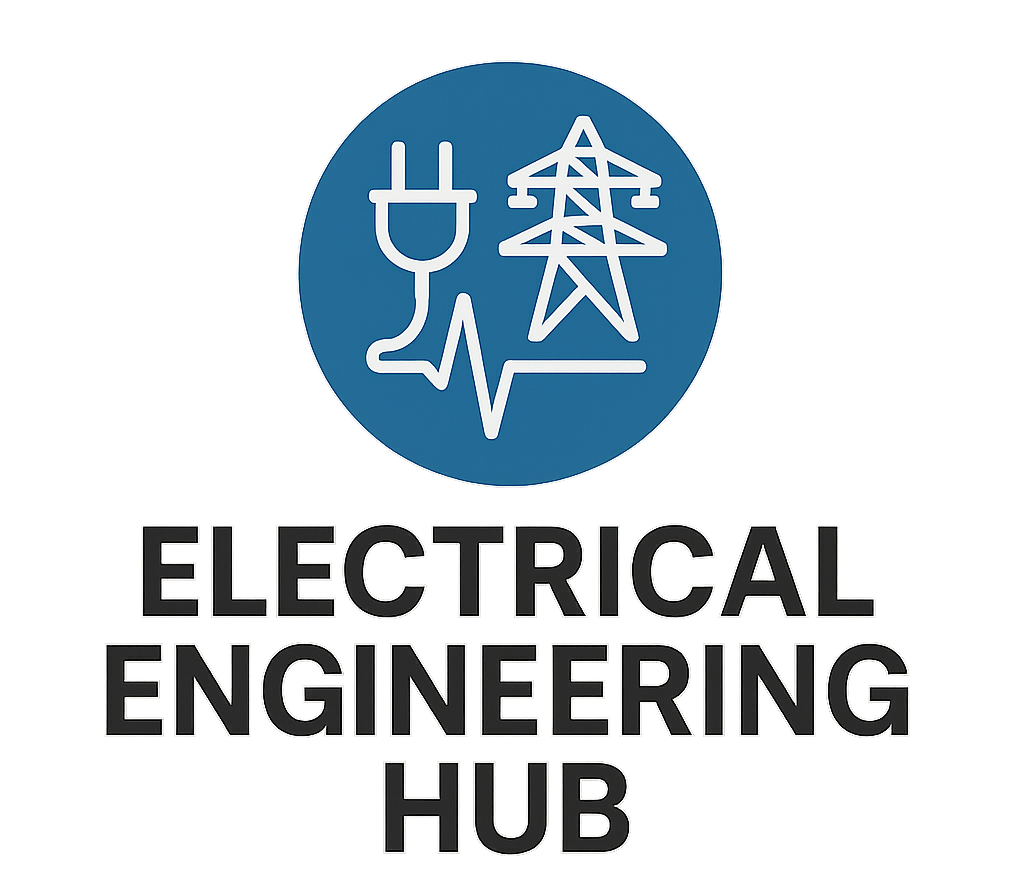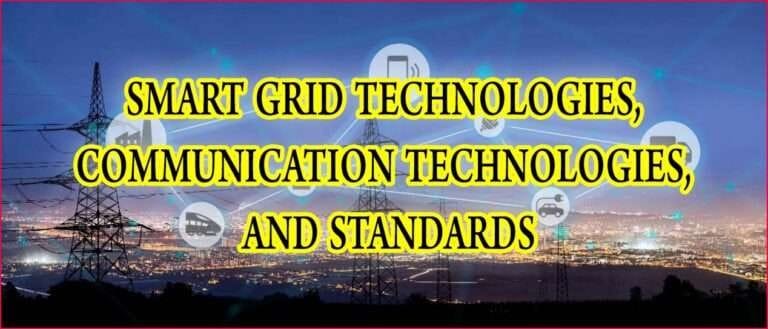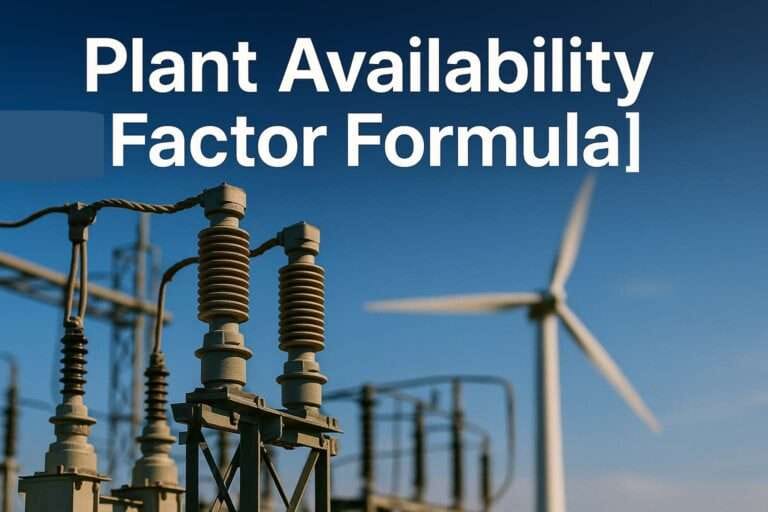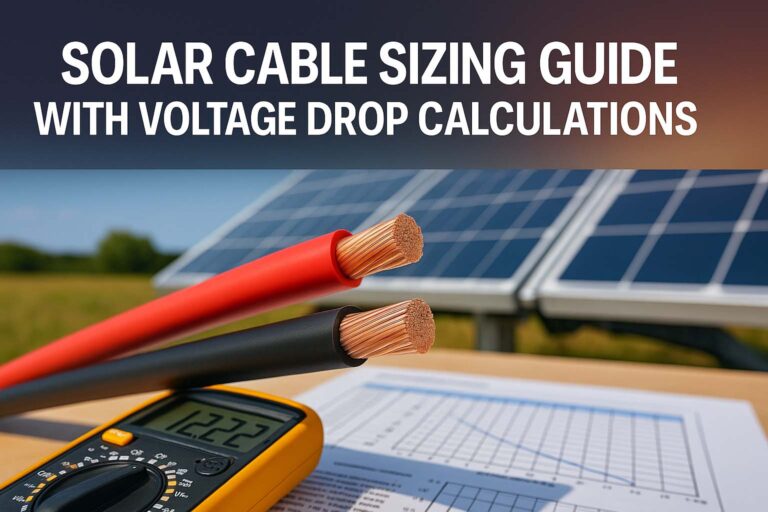Innovative Wind Turbine Design Ideas
The evolution of wind turbine technology continues to reshape our approach to renewable energy. Modern wind turbine design ideas are revolutionizing how we harness the power of wind, making it more efficient and cost-effective than ever before. In this comprehensive guide, we’ll explore cutting-edge concepts that are transforming wind energy generation.
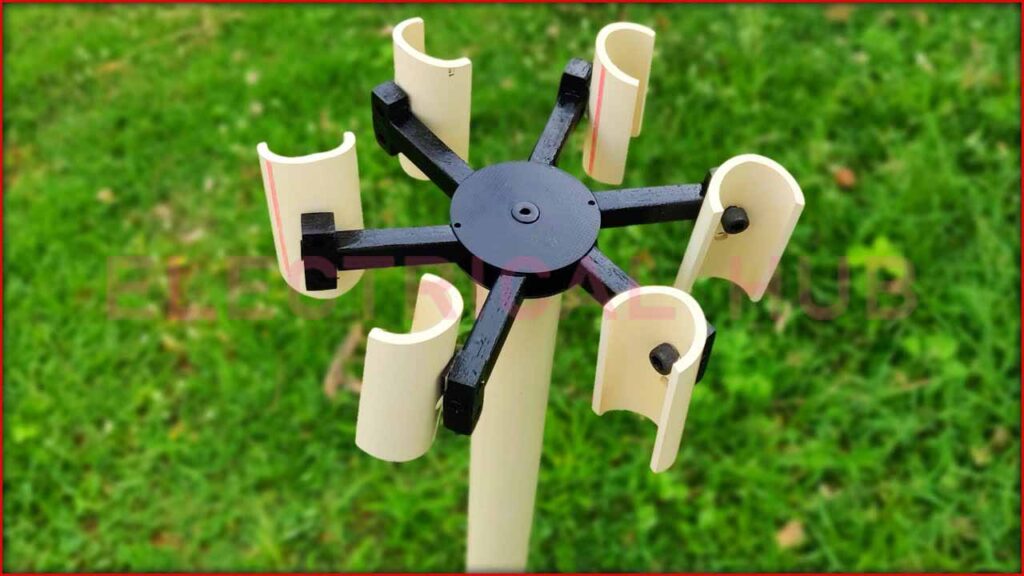
Table of Contents
Advanced Wind Turbine Design Ideas: Core Principles and Innovations
The foundation of effective wind turbine design lies in understanding aerodynamics and material science. Today’s engineers are pushing boundaries by developing turbines that can capture energy from even the slightest breeze. Traditional horizontal-axis wind turbines (HAWTs) remain popular, but vertical-axis wind turbines (VAWTs) are gaining traction for their unique advantages in urban settings.
Innovative Wind Turbine Design Ideas
Designing an efficient wind turbine involves addressing several key aspects such as aerodynamic efficiency, structural integrity, and cost-effectiveness. Here are some innovative design ideas for wind turbines:
1. Vertical Axis Wind Turbines (VAWTs)
Helical Blade Design: A spiral or helical shape for the blades can reduce noise and increase efficiency by maintaining smooth operation even in turbulent winds.
Dual-Rotor System: This design utilizes two rotors stacked vertically to capture more wind energy, especially in regions with erratic wind patterns.
2. Bladeless Wind Turbines
These turbines harness the power of vibrations caused by wind. This design has no rotating blades, which can reduce maintenance costs and environmental concerns such as bird fatalities.
3. Floating Wind Turbines
Offshore Floating Platforms: Floating turbines anchored to the seabed can harness the consistent, strong winds over deep ocean waters, expanding the potential for wind energy beyond shallow coastal areas.
4. Biomimicry-Inspired Designs
Whale-Inspired Blades: Mimicking the bumps on a humpback whale’s flippers, adding tubercles on the leading edge of wind turbine blades can improve aerodynamic performance and reduce noise.
Bird-Inspired Motion: Designs inspired by the flight patterns of birds, incorporating passive control mechanisms, allow for better wind capture and adjustment to changes in wind direction.
5. Modular, Scalable Designs
Stackable Small-Scale Turbines: Creating modular, small-scale turbines that can be easily connected in a network would allow scalability for different energy needs. This would also reduce transportation and installation challenges.
6. Hybrid Energy Systems
Solar-Wind Hybrid Towers: Integrating photovoltaic panels on the towers of wind turbines could generate additional energy from sunlight, especially in regions with seasonal variations in wind and solar resources.
7. Recyclable Blade Materials
Sustainable Composite Materials: Using bio-based or fully recyclable materials in turbine blade construction would address the environmental concerns associated with the disposal of conventional fiberglass blades.
8. Smart Turbine Systems
AI-Powered Optimization: Wind turbines equipped with sensors and artificial intelligence systems can monitor and adjust blade pitch, rotor speed, and yaw angle in real-time for optimal energy generation based on wind conditions.
9. Multi-Rotor Wind Turbines
Clustered Rotors on a Single Tower: This design involves multiple smaller rotors mounted on a single tower. It increases the swept area of the wind turbine while potentially lowering costs.
10. Wind Lens Technology
Shrouded or Lens Augmented Turbines: These designs use a shroud or lens around the blades to focus the wind flow, increasing wind speed at the rotor and generating more energy from the same wind speeds.
These ideas aim to maximize efficiency, reduce environmental impact, and optimize cost-effectiveness in wind turbine designs.
Revolutionary Wind Turbine Design Ideas for Maximum Efficiency
Modern wind turbine designs focus on three crucial aspects: blade geometry, tower structure, and power generation systems. The most efficient designs typically achieve a power coefficient (Cp) between 0.40 and 0.45, approaching the theoretical Betz limit of 0.593. This efficiency is achieved through careful consideration of blade design, where the tip speed ratio (λ) plays a vital role.
A wind turbine’s power output can be calculated using the formula:
P = ½ × ρ × A × V³ × Cp
- Where:
- P = Power output in watts
- ρ = Air density (typically 1.225 kg/m³ at sea level)
- A = Swept area of the turbine (m²)
- V = Wind velocity (m/s)
- Cp = Power coefficient
For example, a turbine with a 90-meter rotor diameter operating in 15 m/s wind speeds could theoretically generate:
P = ½ × 1.225 × π × (45)² × (15)³ × 0.40 = 2.84 MW
Smart Materials and Adaptive Design Concepts
Contemporary wind turbine design ideas incorporate smart materials that can adjust their properties based on environmental conditions. Shape-memory alloys and piezoelectric materials are being integrated into blade designs, allowing for real-time adaptation to changing wind conditions. These materials can alter blade geometry to maintain optimal performance across various wind speeds.
Breakthrough Wind Turbine Design Ideas for Urban Environments
Urban wind energy presents unique challenges that require innovative solutions. New wind turbine design ideas for city environments focus on noise reduction and visual impact minimization. Engineers are developing shrouded turbines that amplify wind speed while containing noise. These designs can increase power output by up to 30% compared to traditional open rotors.
Biomimetic Approaches in Modern Wind Turbine Design
Nature-inspired wind turbine design ideas are gaining prominence. Researchers are studying the movement of humpback whale flippers, leading to the development of tubercle-enhanced blade designs. These biomimetic features can increase annual energy production by 20% while reducing noise levels significantly.
The aerodynamic efficiency of these designs can be evaluated using the lift-to-drag ratio (L/D). Optimal blade designs achieve L/D ratios exceeding 100 at their design point, translating to higher energy capture and reduced mechanical stress.
Advanced Materials in Wind Turbine Design Ideas
Carbon fiber composites and hybrid materials are revolutionizing blade construction. These materials offer superior strength-to-weight ratios, allowing for longer blades that capture more energy. The relationship between blade length and power output follows a square law – doubling the blade length can quadruple the power output, assuming constant wind conditions.
Modern blade materials must withstand significant forces. The centrifugal force (Fc) on a blade section can be calculated using:
Fc = m × ω² × r
- Where:
- m = Mass of the blade section
- ω = Angular velocity
- r = Distance from the rotation axis
For a 45-meter blade rotating at 15 rpm, the centrifugal force at the blade tip can exceed 100 tons, highlighting the importance of material selection and structural design.
Innovative Control Systems and Smart Technology Integration
Advanced wind turbine design ideas incorporate sophisticated control systems that optimize performance in real-time. Machine learning algorithms predict wind patterns and adjust blade pitch and generator loading accordingly. These systems can improve annual energy production by up to 15% while reducing maintenance requirements.
Future-Focused Wind Turbine Design Ideas
Emerging concepts in wind turbine design include airborne wind energy systems and floating offshore platforms. These innovations expand the potential for wind energy harvesting in previously unsuitable locations. Floating turbines can access wind resources in deeper waters, where wind speeds are typically higher and more consistent.
The development of modular wind turbine design ideas is making installation and maintenance more efficient. These designs allow for easier transportation and assembly, reducing project costs and timeline. Engineers are also exploring hybrid systems that combine wind turbines with solar panels or energy storage solutions, creating more reliable renewable energy systems.
Environmental Considerations in Modern Design
Contemporary wind turbine design ideas prioritize wildlife protection and environmental impact reduction. New blade patterns and operational protocols minimize bird and bat casualties. Some designs incorporate ultrasonic deterrents and visual markers that help wildlife avoid turbine installations while maintaining optimal performance.
Through these innovative wind turbine design ideas, the renewable energy sector continues to advance toward a more sustainable future. The integration of smart materials, advanced control systems, and environmentally conscious design principles is creating a new generation of wind turbines that are more efficient, reliable, and environmentally friendly than ever before.
Worth Read Posts
- Wind Energy
- Smart Grid
- Wind Turbine Design With Example
- Wind Turbine Charge Controller
- Wind Turbine Capacity
- Wind Turbine Power Curve
- Wind Turbine Design Project
Follow us on LinkedIn, “Electrical Insights,” to get the latest updates on Electrical Engineering.
